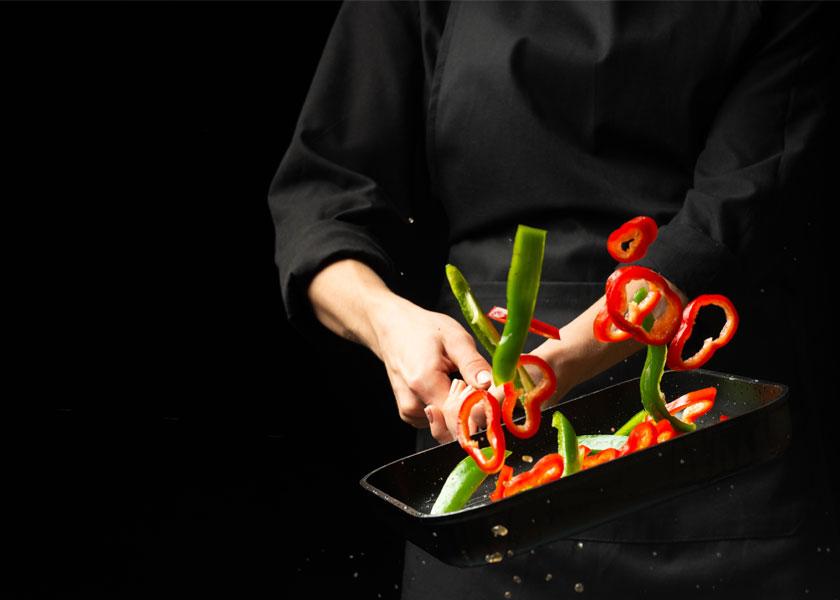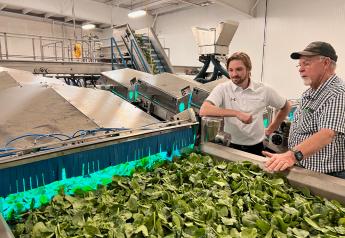Study looks at best places for restaurant rebound

What U.S. metropolitan regions are the most likely to recover from the COVID-19 pandemic?
Researchers at LendingTree think they have the answer.
The researchers analyzed key metrics (including consumer spending at restaurants, job postings in the hospitality industry, and time consumers spent away from home at retail and restaurants) across the 50 largest metro areas to find the places where the restaurant industry is most likely to recover this year, according to a news release.
Key findings:
- The restaurant industry was one of the hardest hit by the coronavirus pandemic. U.S. Bureau of Labor Statistics data shows that the number of people working in leisure and hospitality — including food services — fell by nearly 50% from February to April 2020.
- June 2021 data shows a full recovery hasn’t yet been made. There were 14.7 million leisure and hospitality workers in June, down from 16.9 million in February 2020 just before the crisis.
- The restaurant industry is most likely to recover in 2021 in Oklahoma City. The metro leads the list thanks to a strong employment recovery and a sizable pool of restaurant workers.
- Southern metros tend to rank the best. Five of the top 10 metros in the LendingTree study — Oklahoma City; Tampa, Fla.; Tulsa, Okla.; El Paso, Texas; and Jacksonville, Fla. — are in the South.
- The restaurant industry is least likely to recover in 2021 in Washington, D.C., according to the report. The nation’s capital is near the bottom in nearly all the metrics examined. Specifically, consumer spending at restaurants and hotels and time spent away from home at retail and restaurants are both second-to-last in D.C. among the 50 metros.
- The most expensive metros tend to have the worst scores. Cost of living in the U.S. is highest in San Francisco and San Jose, Calif., which come in at No. 49 and No. 47, respectively, for restaurant industry recovery potential. New York, which has the third-highest cost of living, comes in at No. 40.
LendingTree chief credit analyst Matt Schulz said in the release that areas like San Francisco and New York — where competition and expenses run high — make it even tougher for restaurants to thrive.
“High rent is part of it, no question, but the sheer amount of restaurant options that are available in those areas plays a big role, too,” Schulz said in the release.
“That’s true even in the best of times. Factor in a pandemic, and it all just gets exponentially more difficult.”







